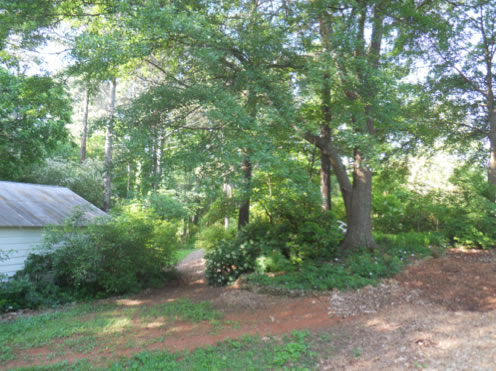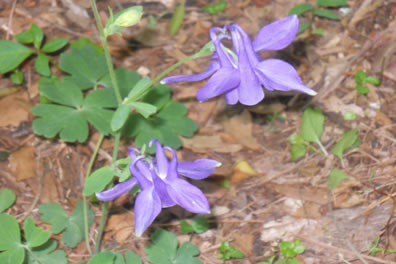McFarlane Nature Park is an 11.5-acre passive green space in East Cobb County only 0.5 miles from the intersection of Johnson Ferry Road and Paper Mill Road. It was once the centerpiece of extensive agricultural acreage owned by the late Atlanta attorney Hughes Spalding, Sr. William and Florence McFarlane bought the property in 1958. When Florence McFarlane died in 1990, she willed her land to the community with the intent that it would be maintained as a nature park for the community. McFarlane Nature Park is supported by private donations, as no funds were included with the property.
While other groups volunteer at McFarlane, the MGVOCC are the devoted horticultural workers. The MGVOCC started on the project in 1995 with a small native plant garden around the old pump house. This original garden has been expanded several times with plants rescued by McFarlane volunteers and members of the Georgia Native Plant Society. “The only watering done is to establish the new plants,” says Project Chair Mary McGaughy. Neither is the soil amended. “We practice what we preach,” says Sheri George.
McFarlane Park is the site of many community activities. Recently over 100 trees were mapped and labeled as an Eagle Scout project. Mulching is an on-going service project of the Mt. Bethel Great Day of Service each March. Keep Cobb Beautiful has contributed dozens of native trees. The Chattahoochee Plantation Women’s Club funds repairs to the old buildings and new restrooms.
The challenging garden area at McFarlane is the 280- foot long, full sun perennial border. Built with a grant from the Georgia Perennial Plant Association, the border was established along the pasture side of the long white fence that runs the length of the entry drive. The original design incorporated only native Piedmont plants. Through lots of hard work the border is now a showplace where the MGVOCC project sign is proudly displayed. Birds and butterflies appreciate this expanse of nectar, as do the resident honeybees.
The park is a great resource for learning about native plants. All the plants are labeled with both Latin and common names as they are planted. Instead of just admiring the gardens, visitors can learn the plant identities. GNPS uses McFarlane to educate people to recognize natives in the wild before plant rescues. Divided into different areas, linked by trails and dotted with benches, it is a magical area.


